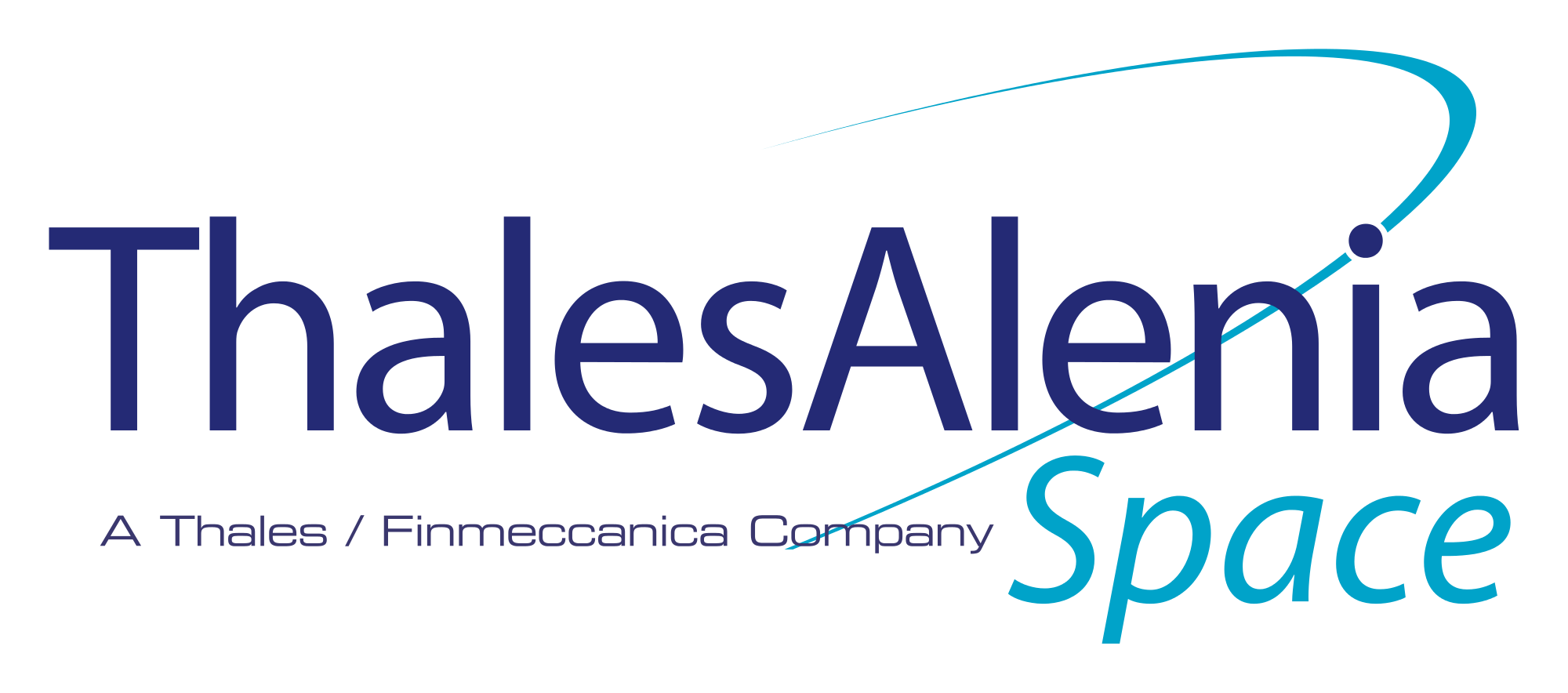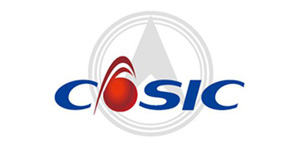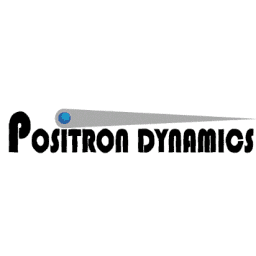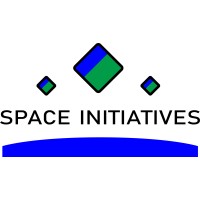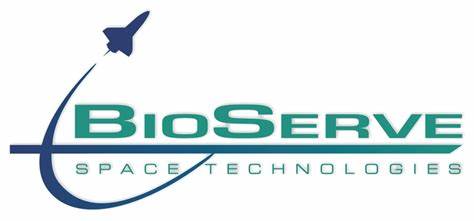Power - The U.K. Space Agency Is Give Grants For Nuclear Power Systems
Two nuclear projects are among eleven international space projects selected to receive funding from the U.K. Space Agency. Rolls-Royce's collaboration with BWXT receives one and a half million dollars to further its work on fission nuclear systems for space power missions. An international project led by the University of Leicester receives a million dollars.

